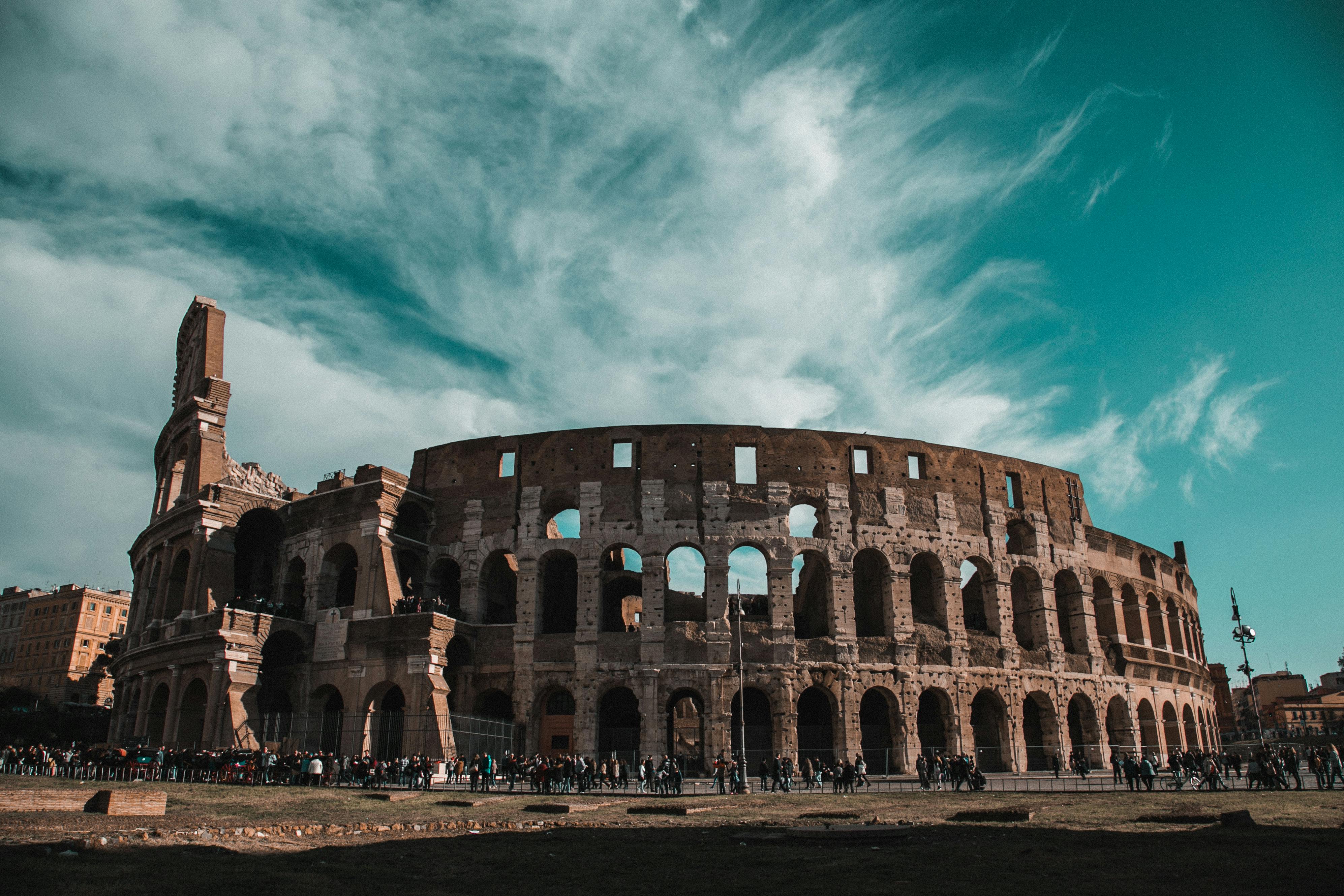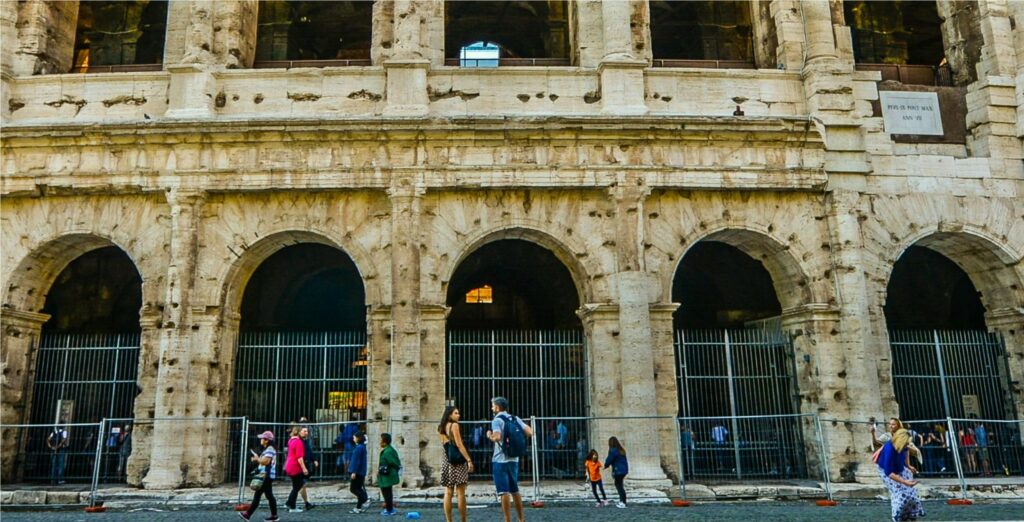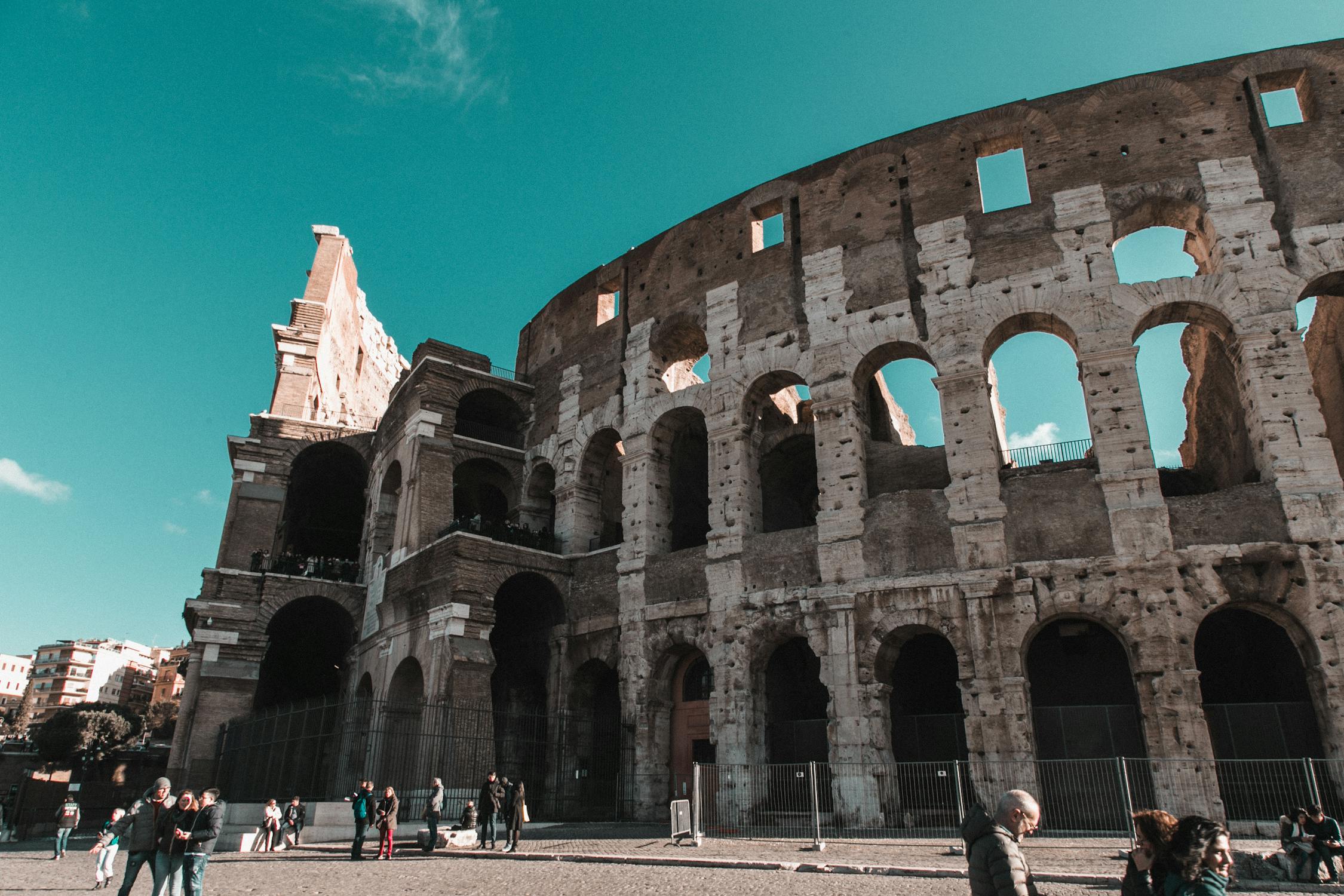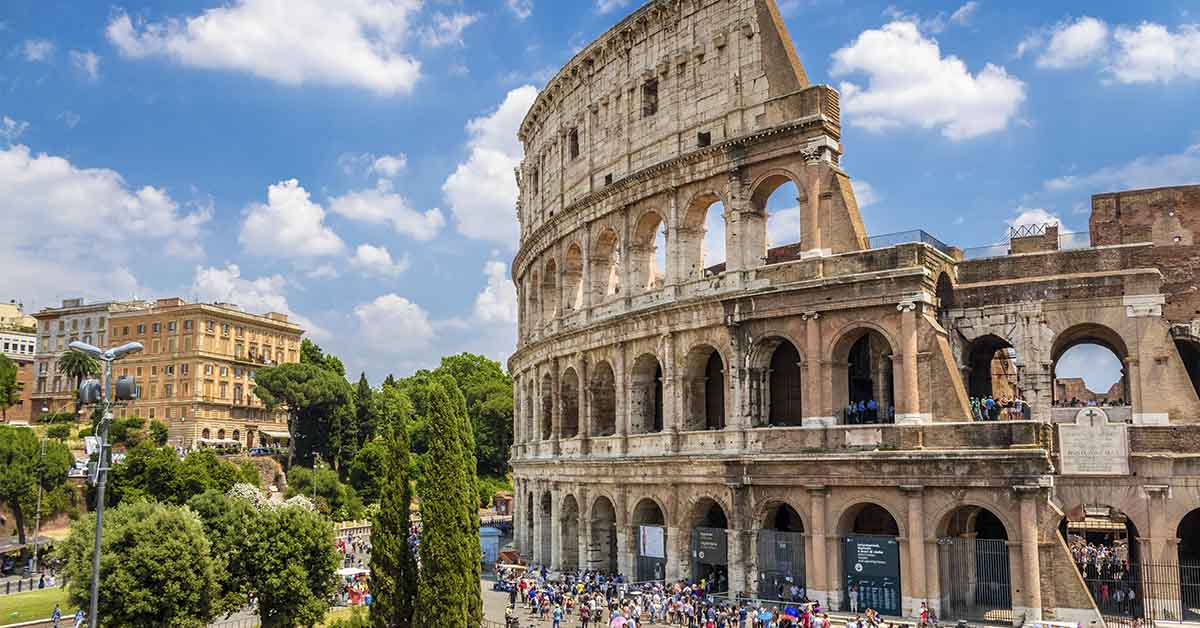A shocking incident occurred at the Colosseum in Rome on May 2, 2025, when a 47-year-old American tourist, residing in Taiwan, was impaled on a spiked metal fence while attempting to climb it. The man, who was visiting the famous landmark with family and friends, reportedly tried to scale the iron gate to capture a selfie or get a better view. As he climbed, he lost his balance and fell, landing on the sharp tips of the fence. One of the pointed spikes pierced his lower back, leaving him in extreme pain and unable to move.
The area where the accident happened is clearly marked as restricted. Security officials believe the man ignored posted warnings in an attempt to get closer to the ancient structure. The sound of his screams drew attention quickly. Witnesses said people initially thought it was some sort of performance or prank before realizing the man was seriously injured. Bystanders rushed to help but could do little until professional responders arrived.
While Italian officials confirmed the injury occurred, a Colosseum spokesperson later stated the incident did not take place within the official grounds of the monument itself. The investigation is ongoing.
The Incident: A Closer Look
The accident took place around 5 p.m., right outside the Colosseum at the Piazza del Colosseo. It was a busy time of day, with tourists crowding the site. Many were horrified to see the man stuck on the fence, screaming as blood ran down his leg and lower back. Emergency services responded swiftly. It took more than 20 minutes for firefighters to carefully free him without causing further injury. The rescue team had to stabilize the fence, lift him off the spike, and place him gently onto a stretcher.

Emergency responders transported him to San Giovanni Addolorata Hospital, a well-known medical facility in Rome. Doctors confirmed he had suffered a deep wound in his lower back and immediately performed surgery. They used over 80 stitches to close the wound. Fortunately, the spike missed his vital organs, and doctors managed to stop the bleeding in time. By late evening, they reported that he was in stable condition and recovering under close observation.
Legal and Safety Implications
Local authorities, including the Carabinieri police, began an investigation into the event shortly after the incident. They interviewed the man’s companions and reviewed nearby surveillance footage. Early reports suggest that the man crossed a clearly defined barrier and entered an off-limits area. Italian law takes the protection of historical monuments very seriously. Tourists found damaging or interfering with cultural landmarks can face fines, expulsion from the country, or even jail time.
Although the man’s injury was accidental and self-inflicted, the act of crossing into restricted zones could still have legal consequences. Authorities are considering whether to fine the tourist or issue a formal warning. Rome’s officials have repeatedly reminded the public that safety barriers are not just there to protect the ruins but to protect people, too. The fencing around the Colosseum, though old-looking, is quite strong and includes pointed railings specifically designed to keep people out of sensitive areas.
The Colosseum: A Brief History
The Colosseum, originally called the Flavian Amphitheatre, is one of the most famous monuments in the world. Roman builders constructed the Colosseum nearly 2,000 years ago and completed it in AD 80 under Emperor Titus. The massive structure seated between 50,000 and 80,000 spectators and hosted gladiator fights, public executions, mock naval battles, and dramatic performances. It served as the heart of Roman entertainment for centuries.

Despite earthquakes, fires, and centuries of neglect, the Colosseum still stands as a symbol of the Roman Empire’s strength and engineering skill. It was named a UNESCO World Heritage Site in 1980 and continues to draw millions of visitors every year. Restoration efforts have helped preserve much of the structure, but many areas remain off-limits due to safety and conservation concerns. Tourists are allowed inside the arena and certain upper levels, but several sections are closed off to prevent damage or accidents.
Previous Incidents at the Colosseum
Unfortunately, this is not the first time the Colosseum has been the site of reckless behavior by tourists. In recent years, there have been several high-profile incidents that raised concerns about visitor conduct. In 2021, two American tourists were fined after sneaking into the Colosseum at night and drinking beer on the upper levels. They climbed over gates to enter the site after hours and posted videos of their escapade online. Authorities quickly identified and fined them several hundred euros.
In another case from 2023, a 17-year-old girl from Switzerland was caught scratching her initials into the stone wall of the Colosseum. She was stopped by a guide who reported her to local police. The act caused international outrage, as many considered it a clear sign of disrespect to an ancient monument. Italian courts fined her parents and banned the girl from returning to Rome for five years.
Read More: Crocodile Attacks Tourist Who Climbed Into Its Pen for a Selfie With It
There have even been cases of tourists flying drones over the Colosseum without permission. These flying devices can disrupt tours, damage the ancient structure, and pose a danger to other visitors. In each case, the tourists involved were tracked down and punished accordingly. Italian officials have been pushing for stricter rules and more visible enforcement to deter such behavior.
The Dangers of Selfie Culture
This recent impalement highlights a growing problem at tourist sites worldwide: risky behavior in pursuit of the perfect photo. The so-called “selfie culture” has led to an increase in dangerous stunts and accidents. Tourists sometimes put themselves in harm’s way for dramatic pictures, ignoring signs, rules, and common sense.
According to international safety studies, dozens of people die each year while trying to take selfies in risky locations. From falling off cliffs to standing too close to wild animals, people often underestimate the danger for the sake of social media likes. Famous landmarks like the Eiffel Tower, Machu Picchu, and even Mount Everest have reported injuries tied to reckless photography.

At the Colosseum, the urge to capture a unique picture has caused people to climb over barriers, lean too far, or enter prohibited areas. Tour guides say they often warn groups not to attempt stunts near the edge or on unstable stones. Even with signs and verbal instructions, some visitors choose to ignore the warnings, putting themselves and others at risk.
Preserving the Colosseum for Future Generations
The Colosseum is more than just a tourist attraction. It is a treasured symbol of human history and cultural heritage. Preserving it requires a shared effort between Italian authorities, conservationists, and visitors. Italy has spent millions of euros restoring and reinforcing the Colosseum, but human carelessness can undo that work in seconds.
Visitors are reminded to follow the rules not only to avoid injury but also to protect the monument itself. Walking off the designated paths or touching certain walls can lead to wear and erosion. Littering, graffiti, and unauthorized climbing can damage parts of the structure that are already fragile. Every action, even if unintentional, has an impact on the long-term survival of the site.
Educational campaigns, guided tours, and physical barriers are all in place to help tourists enjoy the site safely. Still, enforcement can only do so much. Personal responsibility and respect go a long way in making sure the Colosseum remains intact for generations to come. Rome’s message is simple: enjoy the history, but don’t become part of the headlines.
Read More: Italy moves to ban lab-grown meat to protect food heritage

